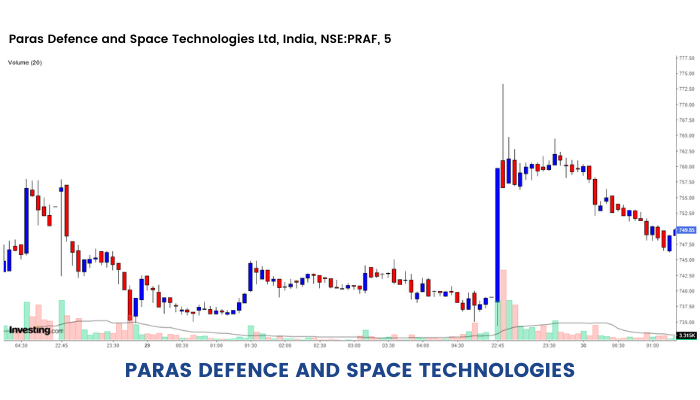Intraday Trading Strategies - Scalping
Intra-Day trading strategies are essential when we are looking to capitalize on frequent, small price movements. A consistent, effective strategy relies on in-depth technical analysis, utilizing charts, indicators and patterns to predict future price movements. We will discuss a few trading strategies going forward in this module. Firstly let us start with the first strategy, which is 'Scalping'.
What is Scalping?
Scalping is considered as a form of an art in Intraday Trading. It is a day trading strategy where the main aim is to generate profits by buying or selling stocks/other instruments for a very short duration. It is one of the oldest and popular intraday trading strategies.
To be a successful scalper, a trader should be able to read and interpret all the short-term charts that are within the 1-5 minute intervals. They focus on tick by tick prices.
The goal of a scalper is not to make huge profits on every trade, instead, they execute many trades and generate small profits very quickly. Liquid and volatile stocks are perfect to trade in this method.
Which Time-Frames can be used?
Successful Scalpers use time frames ranging between 10 seconds to 5-minute charts.
Execution:
The first step is to understand the current view and direction of the market. Suppose, we want to initiate a trade at 9:30 A.M. We need to check the news and other events a few minutes before that, say at 9:25 A.M and anticipate how the market will react in the next 2-3 minutes. The view of a scalper is very short-term in nature.
Another key factor to execute a position in scalping is by interpreting the Open Interest (OI) Data.
Open Interest can be used to identify the trending stocks in the market as scalping doesn’t work on range-bound markets. If the previous day’s OI was high, along with price rise, it signifies that an uptrend could be seen in that stock
Which broker to choose?
To successfully execute a strategy which can last for less than a minute sometimes, and where multiple trades take place in a single session, the choice of a broker makes a huge difference.
There are two things which need to be considered while selecting a broker:
- The brokerage/commission - Some brokers provide unlimited brokerage plans, i.e., providing their services by charging a nominal fixed monthly fee. Since, scalping involves buying and selling a lot of times during a day, going with a broker who has this plan makes perfect sense.
- The trading terminal - The trading terminal should be friendly to use and should reflect the price of a stock with little to no delays. This is the only way a scalper can execute trades efficiently.
Example:

In the above image, we are looking at the 5-minute Candlestick chart of the stock: Paras Defense as of 10th Oct 2021. As we can see, the candle at 10:33 A.M, increased from ₹735.10 to ₹758.90 in just 5 minutes, making it perfect for a scalper. The trader would have ideally looked at the first few ticks of price rise, increased volumes and entered the trade to make a quick buck.
The stop loss can be few ticks below the entry level targeting a risk reward of 1:2 level. We will discuss more on Stop-loss going forward in this module.


